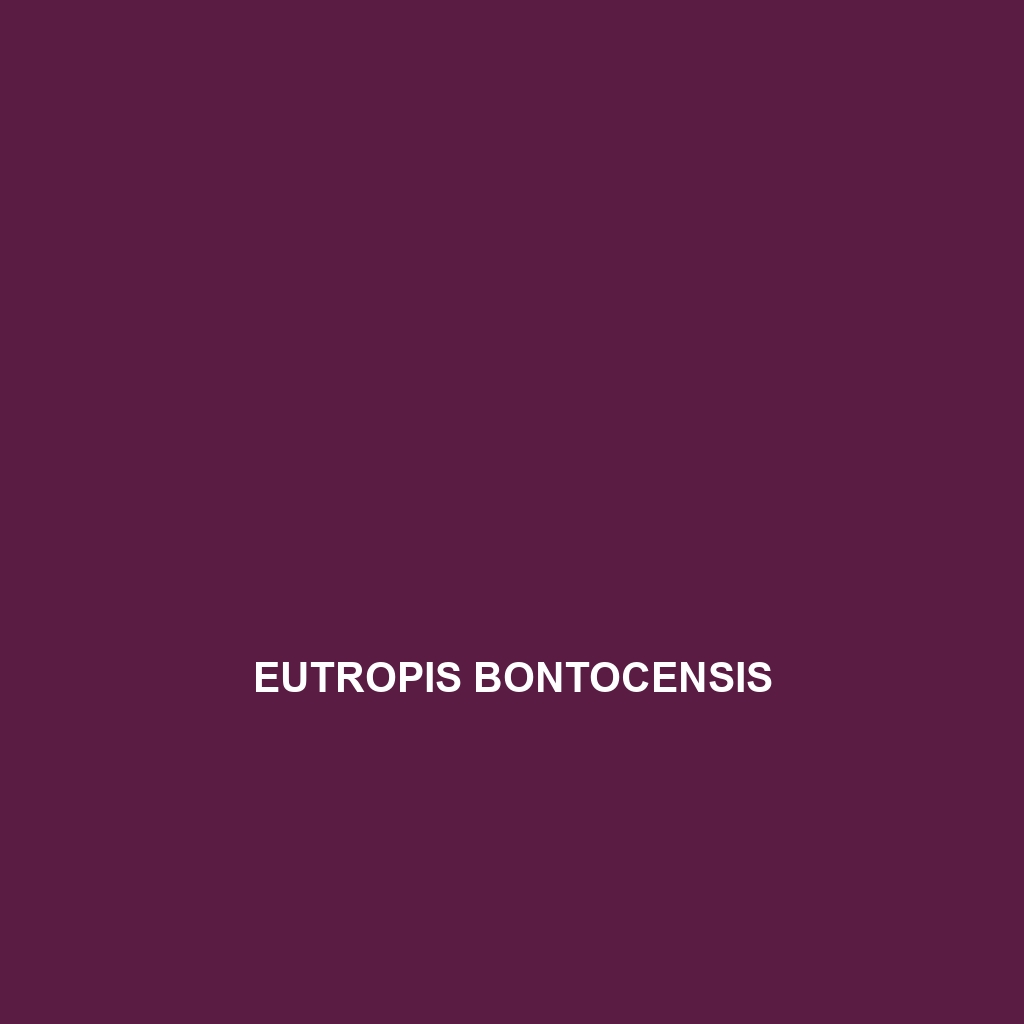Common Name
Eutropis bontocensis
Scientific Name
Eutropis bontocensis
Habitat
Eutropis bontocensis enjoys a diverse range of habitats primarily found in the tropical and subtropical regions of the Philippines. This species predominantly inhabits a mix of rainforests and temperate forests, thriving in areas with dense vegetation and access to moist environments. The humid climate typical of these regions supports a rich biodiversity, providing ample shelter and food sources essential for the survival of Eutropis bontocensis. Additionally, this species can sometimes be found in savanna-like areas, where it adapts to the drier conditions while still seeking proximity to water bodies.
Physical Characteristics
Eutropis bontocensis is characterized by its elongated body, which measures approximately 15 to 20 centimeters in length, making it a moderately sized species within its family. The skin features smooth, glossy scales that exhibit a vibrant coloration, often presenting shades of green and brown—facilitating effective camouflage against predators in its leafy habitat. Notable for its distinct patterns, including speckled or striped appearances, Eutropis bontocensis also possesses a flattened head that accentuates its adaptability to traverse various terrains. Young individuals may present different coloration than adults, gradually adopting the mature hue as they age.
Behavior
Diet
Eutropis bontocensis is an omnivore, thriving on a varied diet that includes insects, larvae, and small fruits found within its rainforest home. Its feeding patterns are typically opportunistic, allowing it to adapt to seasonal changes in food availability. The lizard hunts small insects such as ants, beetles, and crickets, which provide essential protein for growth and reproduction. Additionally, the consumption of fruit contributes to its diet during the fruiting seasons, helping to meet its nutritional needs while promoting seed dispersal in the ecosystem.
Reproduction
The reproductive cycle of Eutropis bontocensis begins with the onset of the rainy season, which signals mating time. Males engage in elaborate courtship displays to woo females, followed by copulation. The gestation period lasts approximately 30 to 60 days, after which females lay around 5 to 10 eggs in moist, hidden locations to protect them from predators. Upon hatching, young lizards are immediate independent and are self-sufficient, relying on their instinctual behaviors in foraging and avoiding threats. Parental investment is minimal, as the survival rate heavily depends on the lizard’s innate abilities.
Conservation Status
According to the International Union for Conservation of Nature (IUCN), Eutropis bontocensis is currently listed as Least Concern. However, habitat destruction due to deforestation and urbanization poses threats to its population. Conservation efforts are underway, focusing on habitat preservation and management practices designed to maintain ecological balance. Awareness campaigns also aim to educate local communities about the importance of this species in maintaining biodiversity and the health of its ecosystem.
Interesting Facts
Eutropis bontocensis exhibits several remarkable adaptations that enhance its survival. For example, it possesses a unique ability to change its color based on the environment, providing effective camouflage against predators. Additionally, this species has an adaptive escape strategy where it can rapidly shed its tail when threatened, allowing it to escape while the predator is distracted. The regrowth of the tail occurs over time, albeit with a different texture and color.
Role in Ecosystem
Eutropis bontocensis plays a significant ecological role as both a predator and prey within its habitat. As an insectivore, it helps regulate insect populations, contributing to the ecological balance of its rainforest environment. Moreover, its foraging habits promote seed dispersal, which is vital for plant regeneration and biodiversity. By maintaining these interactions, Eutropis bontocensis acts as a crucial component in its ecosystem, supporting both plant and animal life through its dietary and social behaviors.
This detailed description incorporates essential keywords for SEO optimization and covers all requested sections comprehensively.
